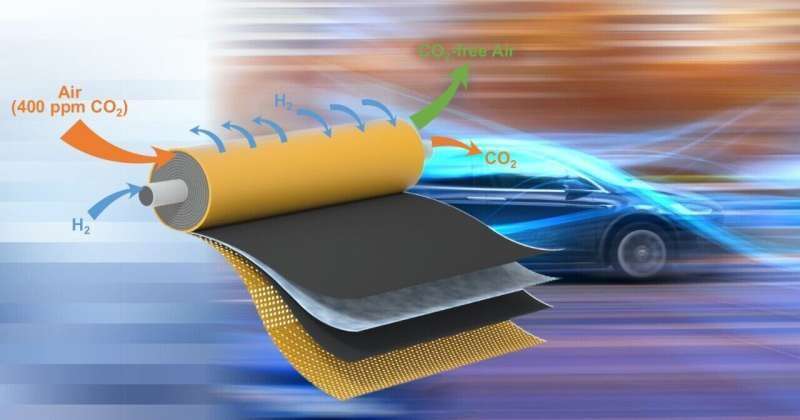Best of Last Week – Challenging Darwinism, new way to remove CO2 from the air, COVID-19 damaging the heart

It was another good week for biological research, as a team at the University of California, Riverside found that human gut bacteria have sex to share vitamin B12—one cell forms a tube connecting to another cell, allowing DNA to pass from one to the other. Also, a combined team of researchers from Israel and Ghana uncovered the first evidence of long-term directionality in origination of human mutation, challenging neo-Darwinism—non-random mutations that go against established evolutionary theory. And researchers working on The Dog Aging Project, found that aging in dogs is far too complicated to allow for conversion to human years.
In technology news, a team of researchers at the University of Delaware developed game-changing technology that can be used to remove 99% of the carbon dioxide in the air. It is based on hydroxide exchange membrane fuel cells. Also, a team at MIT developed a technique for creating 3D objects that change their appearance from different viewpoints in much the same way as current 2D applications. And a team at the Australian National University broke their own record by achieving 22.6% solar cell efficiency. Also, a team with members from Hong Kong Polytechnic University, Tsinghua University and Fudan University gained new insights about the toxicity of smoke produced by home stoves and power plants; most notably, there are significant chemical differences between them.
In other news, a team of researchers at the Technical University of Munich uncovered the cause of inflammatory bowel disease by isolating the mechanism that serves as a trigger setting off an inflammatory response. And a team at the University of Massachusetts Amherst engineered a new material that can absorb and release enormous amounts of energy. It is a rubber-like solid that they describe as releasing energy in ways similar to a stretched rubber band.
And finally, a team at the University of Bristol's Heart Institute found that the SARS-CoV-2 spike protein binds to the heart's vascular cells, potentially contributing to severe microvascular damage.
© 2022 Science X Network